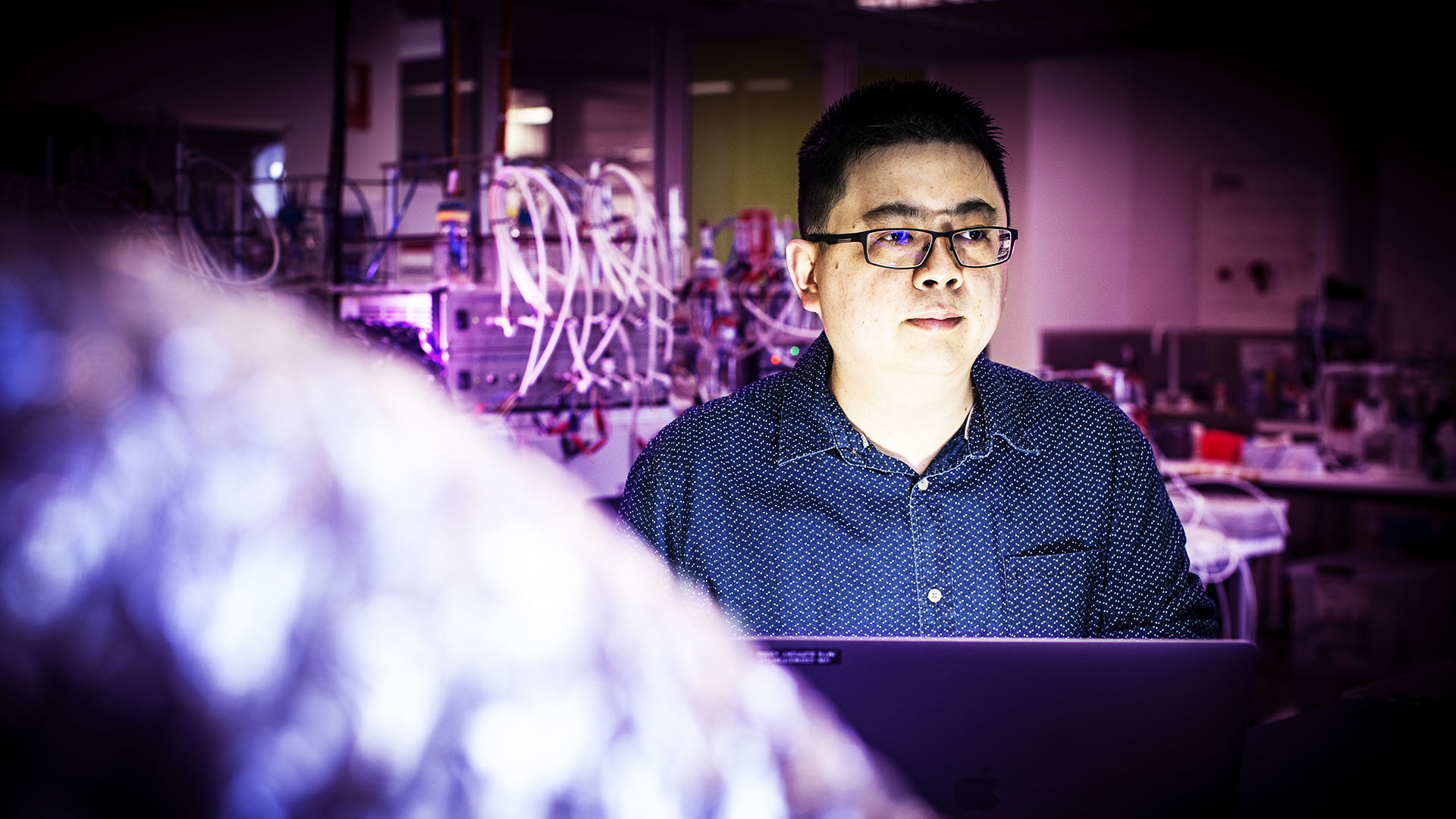November 16, 2020
Dr Wei Kong Pang wins Australian Synchrotron Research Award
Recognition for work developing battery technologies for next-gen energy storage
The Australian Nuclear Science and Technology Organisation (ANSTO) has awarded the Australian Synchrotron Research Award for early career researchers to Dr Wei Kong Pang from the University of Wollongong (UOW).
The Australian Synchrotron Research Award is awarded by ANSTO every year to an emerging leader in synchrotron research with less than 10 years of post-PhD experience.
Dr Pang is an ARC Future Fellow and Senior Research Fellow at the Institute for Superconducting and Electronic Materials (ISEM) at UOW.
His research focuses on understanding and developing rechargeable metal-ion battery technologies, including the atomic-scale characterisation of electrode materials.
“I am excited to receive the Australian Synchrotron Research Award for my work. I would not have been able to achieve this recognition without the great support of ANSTO, ISEM and UOW,” Dr Pang said.
“For me, the award is a reward for work well done, and encouragement for doing more.
“Mechanistic studies offer an in-depth understanding of battery materials, with the application of synchrotron techniques playing an important role and allowing rational improvement, stimulating the development of next-generation energy storage.”
Professor Peele said that Dr Pang had made significant advances in understanding the relationship of structure to chemistry in metal-ion battery technologies using a variety of X-ray scattering methods and other techniques.
“I am absolutely delighted that we were able to recognise Dr Pang for his outstanding work using our powder diffraction beamline. We are all aware of the enormous potential of metal-ion batteries and Dr Pang has been a powerhouse in this area,” Professor Peele said.
The Australian Synchrotron is a world-class research facility in Melbourne used by more than 5000 scientists a year. By accelerating electrons at the speed of light around its 216-metre circumference, the synchrotron produces intense beams of light more than a million times brighter than the sun.
These beams are used via experimental facilities to examine the molecular and atomic details of a wide range of materials.
Advanced techniques are applied to research in many important areas including health and medical, food, environment, biotechnology, nanotechnology, energy, mining, agriculture, advanced materials and cultural heritage.
Professor Peter Lay from the University of Sydney was awarded the Australian Synchrotron Lifetime Contribution Award, which is granted every two years in recognition of outstanding contributions to synchrotron science in Australia.
The awards will be formally presented to both recipients at the Australian Synchrotron User Meeting 2020 on 20 November.
